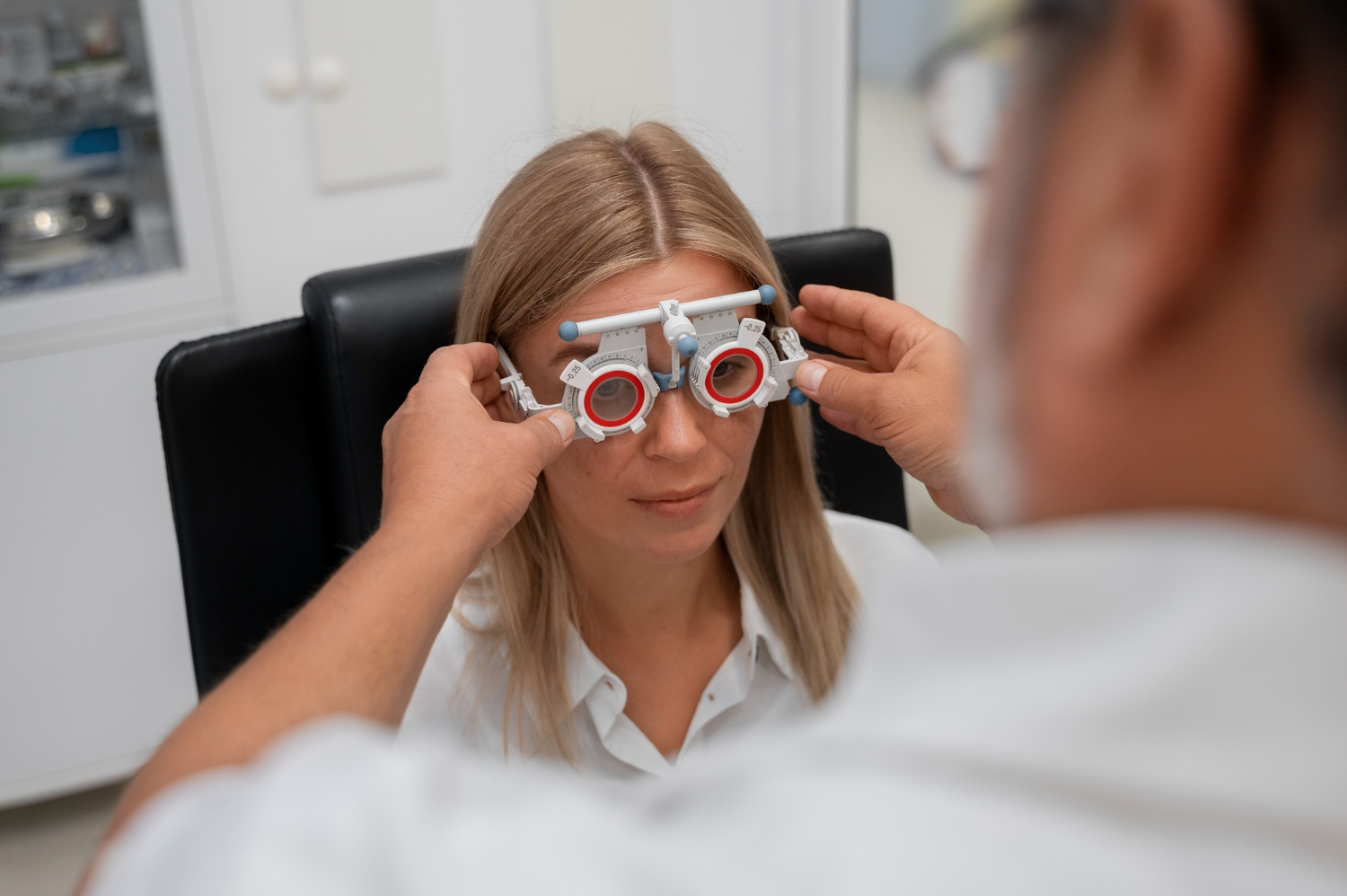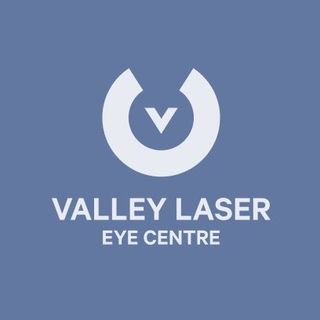Do you only have clearer vision when things are a few inches away from your face? If you do, then you probably have an eye condition called nearsightedness. Also called myopia, people who have it see things clearly when they’re. On the other hand, objects that are farther away will appear blurry.
How nearsightedness happens
Nearsightedness happens when the eyeball is too long and causes the light to bend incorrectly. As a result, an image is focused on the front of the retina instead of on it.
The cause of nearsightedness
There is no exact known cause of nearsightedness. However, there’s been significant proof that shows that this condition can actually be inherited, which means that one of the possible causes of nearsightedness is genetics.
Another probable cause for nearsightedness may also be dependent on how a person uses their eye daily. People who spend most of their time reading or working on a computer are the ones who are more likely to develop this eye condition.
There’s also a link between environmental factors and nearsightedness. In some cases, some individuals only experience blurred visions at a distance only at night. This commonly happens because poor lighting proves a challenge for some eyes to focus properly and may cause the eye to strain.
There are also reported cases of pseudo nearsightedness experienced by people who do plenty of work that strains the eyes, which causes blurred visions at a distance. Nearsightedness may also be a symptom of an underlying medical condition such as diabetes or developing cataracts.
Diagnosis of nearsightedness
Nearsightedness is usually diagnosed between the ages of 8 and 12. This is the period when the eyes are still developing, in which case, the shape of the eyes can still change. Adults who have this eye condition are usually diagnosed when they were a child.
How to correct nearsightedness
An optometrist can suggest various corrections depending on your condition. Nearsightedness corrections may include wearing corrective lenses or undergoing corneal refractive therapy or refractive surgery.
Corrective lenses are eyeglasses or contact lenses. Know that the level of your lens prescription will depend on how far you can see clearly. On the other hand, refractive surgery is a permanent solution for nearsightedness. It’s also known as laser eye surgery in which the cornea is reshaped.
Proper eye protection
There are no best ways to protect your eyes from nearsightedness. However, there are protective measures that you can do by simply having your eyes checked regularly. Additionally, if you are given prescription glasses by your eye doctor, be sure to wear them often, especially when out under the sun.
If your work involves a lot of time in front of the computer, take regular breaks so that you can rest your eyes. For individuals who have underlying health conditions that can cause nearsightedness, ensure that you have the right health management in place. Know that eating food rich in nutrients is also an excellent way to keep your vision healthy and clear!
Wrapping up
Nearsightedness is still a condition that affects many people around the world. Before you undergo and surgery, be sure to consult with your primary health care provider because they will know what is best for your condition and health.
If you’re looking for an eye centre in British Columbia, get in touch with us today.





